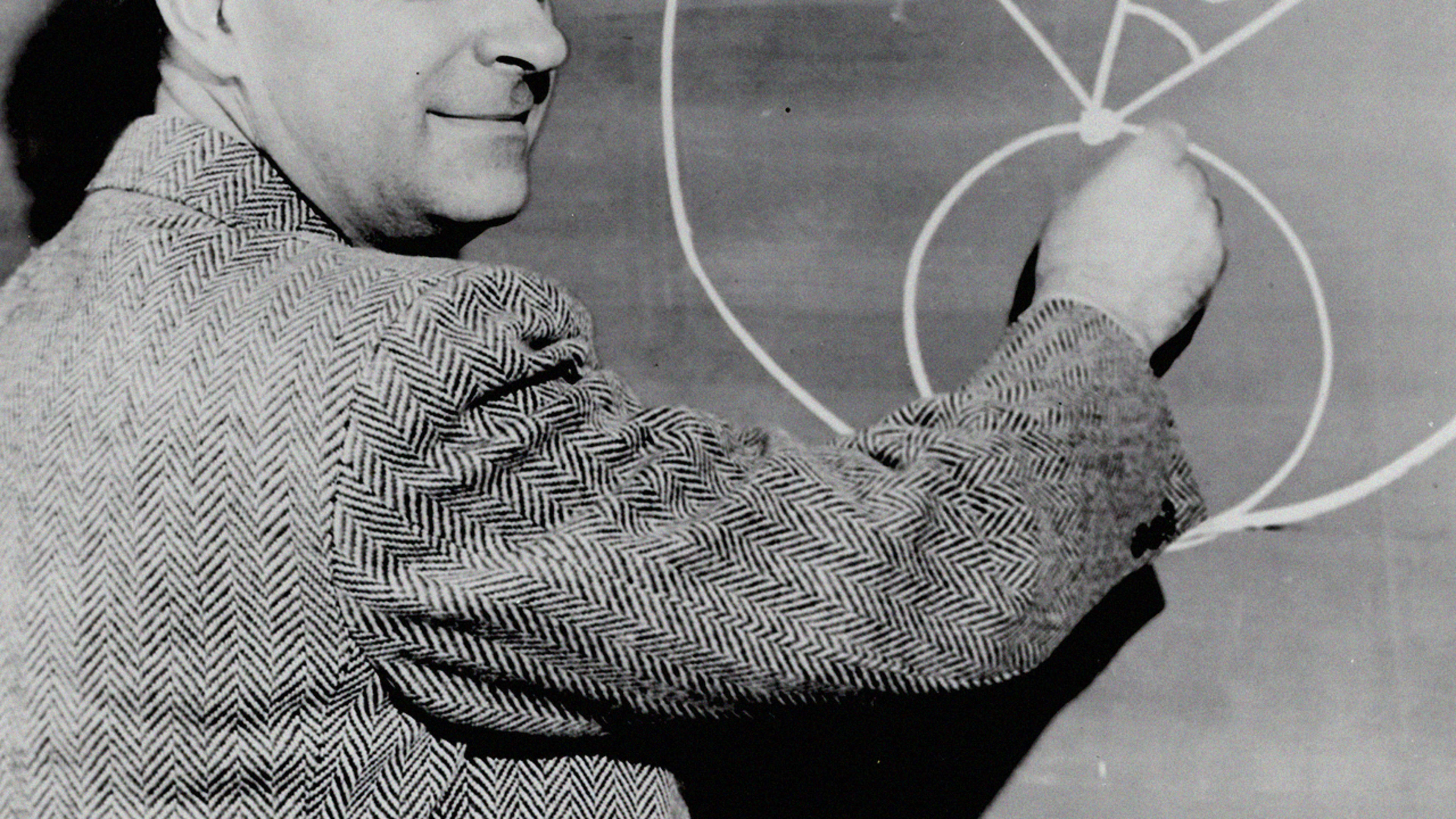Job growth in STEM fields is currently outpacing overall job growth in America. That means that 2.4 million STEM jobs in the U.S. are going unfilled. But, according to the U.S. Department of Labor, universities are only expected to produce one-third of the graduates needed to fill those roles. That’s a vast gap in STEM talent. The leak in the pipeline happens to be in a place no one is talking about: in advanced math classes. Calculus, to be specific.
For thousands of students, calculus is a frustrating barrier to a STEM career. Roughly one-third of students fail or drop the course out of frustration. According to the National Institutes of Science, women are 1.5 times more likely to drop calculus, simply from a lack of confidence rather than ability. Yet nearly every STEM job requires at least one semester of it.
Unfortunately, there is no fast track to learn math, nor is there a shortcut to creating the logical connections in the brain that we acquire over a lifetime of problem-solving and critical thinking. Math skills can be developed if people are willing to spend the time and do the hard work.
The solution isn’t simple, but the use of advanced artificial intelligence (AI) can change the way people learn difficult subjects such as calculus. AI offers a range of applications for education and can be used to power more efficient, dynamic, and personalized learning.
For example, teachers face the challenge of providing personalized feedback at scale across a classroom or in multiple classes. When people have gaps in understanding, AI has shown the ability to identify patterns and offer the most relevant hints and instructional help. As students learn and progress, AI can adapt to each of their individual learning styles and preferences. Over time, AI may resemble the work of the best teachers, becoming a virtual aide for them to reach students in a different way both inside and outside the classroom, hopefully proving itself as an effective teaching tool.
More than a year ago, I formed a team of data scientists, engineers, and learning specialists to figure out how we can use AI to solve some of the world’s most intractable learning challenges. We considered tackling a number of hard subjects, such as algebra or the English language, where advanced AI techniques would allow us to deliver individualized learning experiences. This would be a first for education and a really impactful application of AI for good.
We kept coming back to calculus because of the frustration it causes for students and its potential to make a massive difference in the STEM economy. We also knew that if we could crack the code on the most difficult math discipline first, we could scale the technology across nearly any subject where people struggle to learn. The result was Aida Calculus, the first AI-powered mobile calculus tutor.
At the outset of our project, we knew some key things about how people learn math, and that learning pedagogy and cognitive science would prove critical to the application of AI. For example, students have a lower mental load if they can work on a math problem by hand on paper. We also realized that calculus learners understand math better if they know how it is applied in real-life situations.
This is where the application of AI techniques, including deep learning, computer vision, and reinforcement learning, can help. AI has the ability for personalized instruction, to measure effectiveness, as well as provide one-on-one tutoring. When faced with a difficult equation, a student would just have to take a picture of their handwritten work. AI can recognize handwriting, analyze the problem, provide step-by-step instruction, and offer examples of real-world utilization while adapting to each student.
When all of this works well, it feels like magic. It’s also a way we can show people the beauty and joy of math in our world. The goal is to engage anyone—student or adult—who is curious about how to apply math in their daily lives. By making calculus relevant and relatable we can begin to instill the confidence people need to take on STEM careers.
This is also the kind of tech that illustrates the potential of AI for good, something often talked about but rarely seen in commercial deployments. While the use of AI is something students know from consumer apps, it’s the first time this level of innovation has been applied to the education space. Now, education is getting the benefit of the same kind of advanced AI algorithms found in personalized recommendation engines in use by Netflix and Spotify. Today’s learners grew up with these technologies, so it’s natural for education to adopt modern AI techniques for learners’ benefit.
In the future, with the help of AI we can tap into the curiosity and personal learning styles of people in a more natural and relatable way, thus advancing their knowledge accumulation and brain development through efficient, impactful, and engaging experiences. And AI tutors could become a common extension of teaching assistants as augmented intelligence.
It’s only suitable that the STEM talent problem may be assisted by a STEM solution. In time, we’ll see the impact of such technology on education and how we learn. But one thing is clear. If we can alleviate some of the pain points around calculus, we may see more students awarded STEM degrees, and we’ll have a better shot at closing the talent gap in the near future.
Milena Marinova is senior vice president, AI Products and Solutions, at Pearson. She was previously at Intel, where she led development for commercial applications of AI and AR/VR across different industries. She is also an adviser and a board member to AI startups, and a venture partner with Atlantic Bridge Capital.
Recognize your brand’s excellence by applying to this year’s Brands That Matter Awards before the early-rate deadline, May 3.
